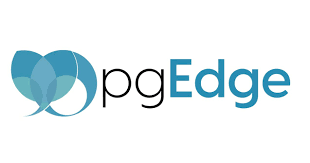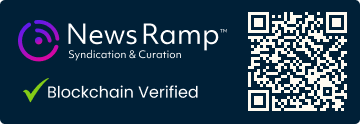FAQ: pgEdge Cloud Latest Release and Key Enhancements

Summary
What is pgEdge Cloud and what makes it unique?
pgEdge Cloud is the first fully distributed Database as a Service (DBaaS) built entirely on open source PostgreSQL, optimized for applications requiring deployment across multiple cloud regions to achieve high availability, lower latency, and meet data residency requirements.
What are the key new features in this latest release of pgEdge Cloud?
The release adds multi-availability zone support, expanded automatic conflict resolution with smarter handling for distributed environments, and improved performance gains in replication operations including in-memory exception handling and redesigned lag tracking.
How does multi-availability zone support benefit customers?
It allows customers to deploy multiple nodes in the same region across different availability zones, enabling greater fault tolerance, compliance with high-availability best practices, and more flexible and resilient cluster topologies.
What improvements were made to conflict resolution in this release?
The release introduces smarter conflict handling that reduces the need for application-level exception handling code, automatically resolving scenarios like duplicate inserts and missing delete targets, and adding support for handling unique constraint violations using configurable Last-Write-Wins logic.
What performance enhancements were included in this update?
Performance gains include exception handling performed in-memory to reduce latency, faster conflict resolution, and redesigned lag tracking that operates at the target node for improved measurement accuracy and avoidance of misleading lag reports during idle periods.
What is the significance of pgEdge completing a SOC 2 Type II audit?
The SOC 2 Type II audit, performed by Sensiba LLP, provides a report on pgEdge’s controls relevant to trust services criteria covering security, availability, processing integrity, confidentiality, and privacy, demonstrating the effectiveness of these controls over a specified period.
Who is the target audience for pgEdge Cloud?
pgEdge Cloud is designed for businesses running mission-critical, geo-distributed applications that demand always-on availability, seamless conflict handling, and deployment across multiple cloud regions.
How does this release build upon previous pgEdge technology?
This release builds upon the latest pgEdge Platform v25, inheriting major improvements including a significant upgrade to the Spock extension, which is pgEdge’s advanced logical replication engine.

This story is based on an article that was registered on the blockchain. The original source content used for this article is located at citybiz
Article Control ID: 170375